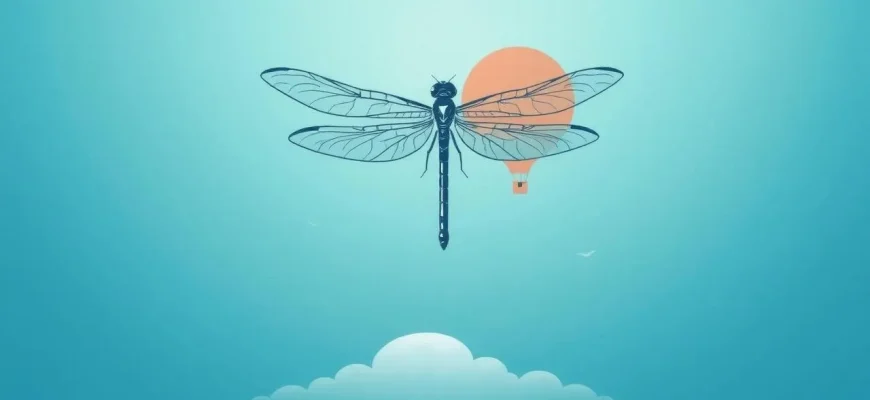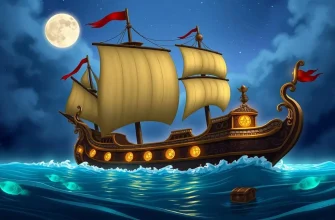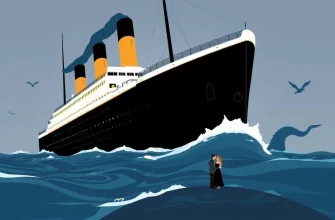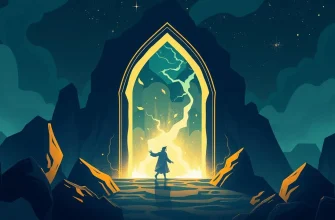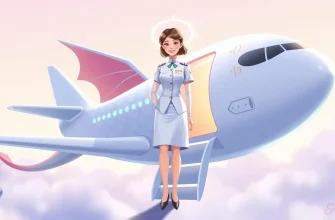Dive into a world where the sky is not the limit but the beginning of an adventure. This collection of fantasy films about aviation combines the thrill of flight with the enchantment of fantasy, offering viewers a unique blend of high-flying action and magical storytelling. Whether it's dragons soaring through the clouds or mystical airships navigating through enchanted skies, these films promise to take you on a journey like no other. Here's a curated list of 10 films that will make you believe that anything is possible when you take to the skies.
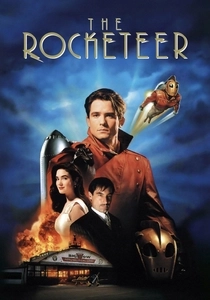
The Rocketeer (1991)
Description: This film captures the essence of pulp adventure with a young pilot discovering a rocket pack, leading to aerial chases and battles against Nazis. It's a nostalgic nod to the golden age of aviation.
Fact: The film's director, Joe Johnston, also worked on the special effects for "Star Wars," which influenced the design of the rocket pack.
 Watch Now
Watch Now 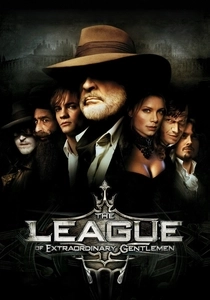
The League of Extraordinary Gentlemen (2003)
Description: Featuring a team of literary characters, the film includes Captain Nemo's Nautilus submarine, which can also fly, adding a fantastical element to the steampunk setting.
Fact: The film was Sean Connery's last on-screen role before his retirement from acting.
 Watch Now
Watch Now 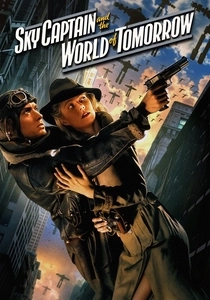
Sky Captain and the World of Tomorrow (2004)
Description: This film blends retro-futuristic aviation with a steampunk twist, featuring flying machines that seem straight out of a Jules Verne novel. The story follows a daring pilot, Sky Captain, as he battles giant robots and mysterious threats from the sky.
Fact: The entire movie was shot against blue screens, with all sets, props, and backgrounds created digitally. It was one of the first films to use this technique extensively.
 Watch Now
Watch Now 
The Golden Compass (2007)
Description: Based on Philip Pullman's novel, this film features a world where witches fly on broomsticks and armored bears soar through the skies, blending fantasy with aerial adventure.
Fact: The film's production was fraught with controversy due to its perceived anti-religious themes, leading to a mixed reception.
 Watch Now
Watch Now 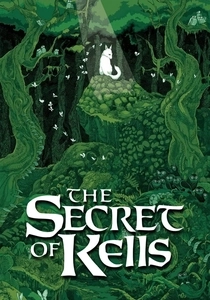
The Secret of Kells (2009)
Description: This animated film, while not directly about aviation, features scenes where characters ascend into the sky, offering a mystical interpretation of flight and exploration.
Fact: The film's visual style was inspired by the illuminated manuscripts of the Book of Kells.
 Watch Now
Watch Now 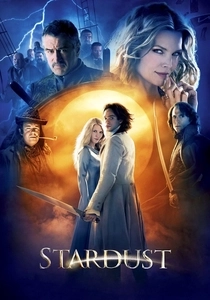
Stardust (2007)
Description: While not primarily about aviation, "Stardust" features magical flying ships and a sky pirate captain, adding a whimsical touch to its fantasy narrative. The film's sky battles and aerial chases are a highlight.
Fact: The film's sky pirate scenes were inspired by the works of Hayao Miyazaki, particularly "Castle in the Sky."
 Watch Now
Watch Now 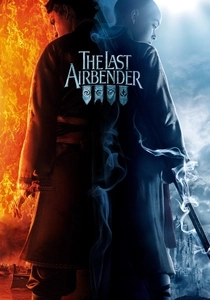
The Last Airbender (2010)
Description: While primarily a fantasy epic, the film includes scenes of airbenders using their abilities to fly, creating a unique form of aerial combat and travel.
Fact: The film was based on the popular animated TV series "Avatar: The Last Airbender," but received mixed reviews for its adaptation.
 Watch Now
Watch Now 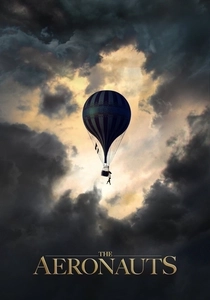
The Aeronauts (2019)
Description: Although rooted in real historical events, this film takes liberties with fantasy elements, showcasing a breathtaking balloon flight into the unknown, blending science with the thrill of adventure.
Fact: The film was inspired by the true story of James Glaisher's 1862 balloon ascent, but the character of Amelia Wren is fictional.
 30 Days Free
30 Days Free 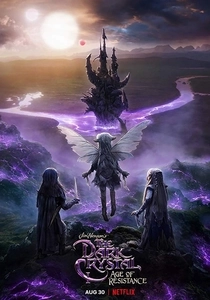
The Dark Crystal: Age of Resistance (2019)
Description: Although a TV series, it includes scenes of flight with creatures and mystical beings, making it a notable addition to fantasy aviation themes.
Fact: The series was a prequel to the 1982 film "The Dark Crystal" and used advanced puppetry and CGI to bring its world to life.
 30 Days Free
30 Days Free 
Castle in the Sky (1986)
Description: Hayao Miyazaki's masterpiece features a young girl and a boy on a quest involving a mythical floating castle, with airships and flying machines that are both fantastical and awe-inspiring.
Fact: The film's title was changed from "Laputa" to "Castle in the Sky" for English release due to the Spanish word "laputa" having an unintended vulgar meaning.
 30 Days Free
30 Days Free 
